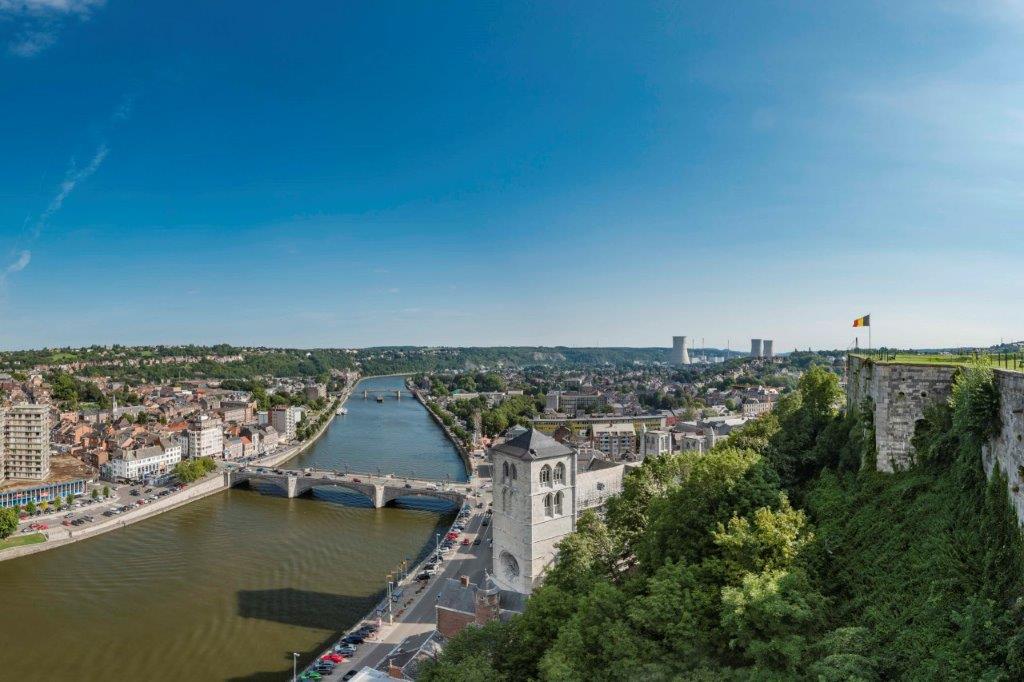Liège is called “The Burning City” after the chivalrous novel of the same name by Henry Carton de Wiart. This book tells the story of the sack of the city of Liège in 1468 by Charles the Bold. The province of Liège is especially known for its fortified position. The Fortified Position of Liège is a circle of fortifications protecting the city, built between 1888 and 1891.
In 1914, 12 forts surrounded the city of Liège. Their purpose was to block the progression of enemy armies. But on August 4, 1914, German troops besieged the Fortified Position of Liège. The forts were quickly overtaken and eventually surrendered (the last fort on August 16, 1914). After that, the Germans occupied the city for four years. The city was finally liberated just before the Armistice in November 1918 and was awarded the Legion of Honor medal in recognition of its heroic resistance, the first outside of France!

After the First World War, Belgium rebuilt several forts. In addition, the country decided to add four new forts on the German side, bringing the total to 16 in 1940. In 1936, King Leopold III asserted Belgium’s neutrality in the event of a new war. But Germany violated Belgium’s neutrality when the Second World War broke out. In May 1940, the Nazi armies seized Fort Eben-Emael in a few hours. This was the beginning of an 18-day campaign, which led to the capitulation of the Belgian Kingdom.
Dive into the heart of the many sites of memory of the region to relive poignant moments of the world wars through guided tours or via the informative panels provided on site. An experience to be enjoyed in a group with passionate professionals or on your own, with family or friends.